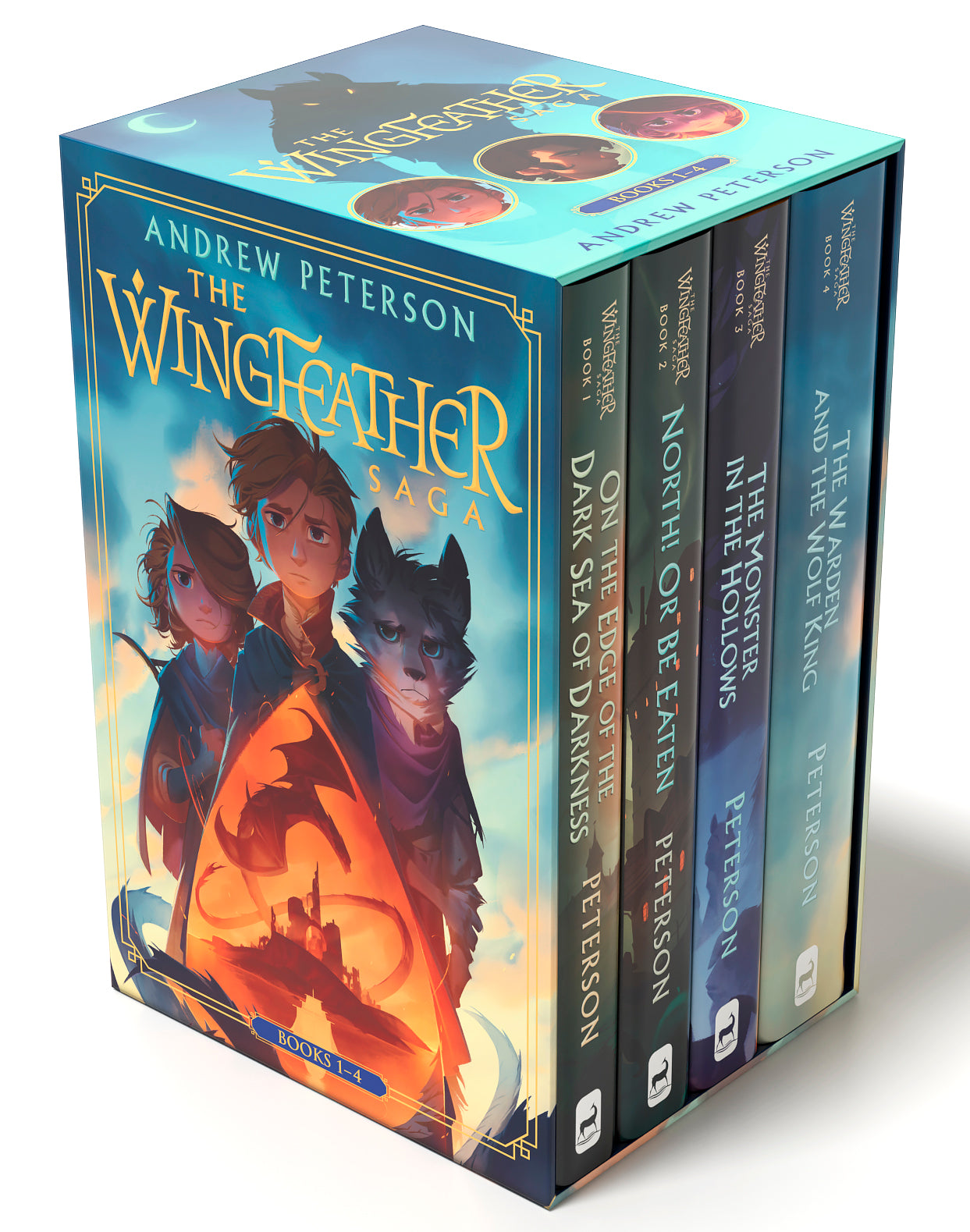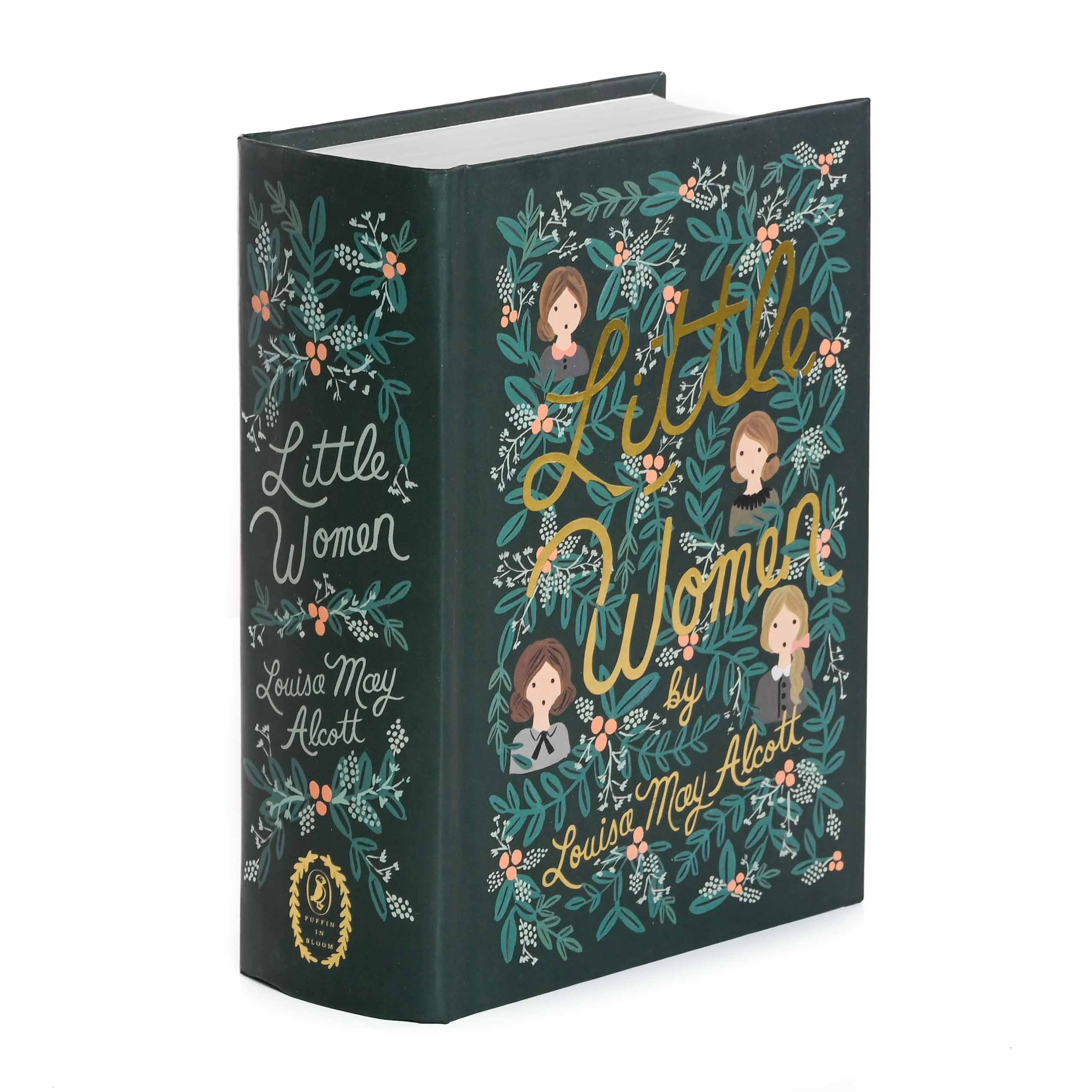A Comprehensive Guide to the Process of Hardbound Books Printing
When you commence the journey of hardbound publication printing, recognizing the whole process is vital. From preparing your manuscript to selecting the right materials, each step plays a vital function in the last item. You'll need to contemplate style aspects and printing methods that suit your vision. As you navigate via binding and quality assurance, you'll locate that every decision impacts the publication's overall allure. So, what follows in this complex process?
Understanding the Hardcover Book Structure
When you check out the globe of hardcover books, you'll promptly notice that their framework is intentional and unique. You'll locate a fabric or leather treatment, which not just improves aesthetics however additionally adds to the book's durability.
The message block itself consists of several trademarks, or folded sheets, stitched together for stamina. You'll see that the back is reinforced, enabling a smooth lay-flat analysis experience - hardcover books. Additionally, guide's weight commonly shares a sense of quality and permanence
Hardcover books typically feature a dust jacket, which functions as an advertising device while safeguarding the cover. Comprehending these aspects aids you value the workmanship behind hardcover books and their special allure in the literary globe.
Manuscript Prep Work and Modifying
Obtaining your manuscript ready for printing is important, and it starts with proper formatting guidelines. You'll need to understand the editing process to fine-tune your work and ensure it resonates with readers. Plus, mastering checking techniques can help you catch those annoying mistakes before your publication mosts likely to publish.

Manuscript Formatting Guidelines
Proper manuscript formatting is essential for creating a professional-looking hardcover book. Beginning by choosing a common typeface like Times New Roman or Arial in 12-point size. Use double-spacing throughout the file to boost readability. Establish your margins to 1 inch on all sides, giving your text area to take a breath. Number your pages in the leading right corner, and include your chapter titles at the beginning of each brand-new area. Usage clear headings to indicate sections, and stay clear of too much format like bold or italics unless needed. Make certain to proofread your manuscript for consistency in vogue, guaranteeing that every little thing from punctuation to spacing sticks to your selected guidelines. Complying with these actions will certainly establish a strong structure for your book.
Modifying Process Essentials
Editing your manuscript is a crucial step that can transform it from a rough draft right into a polished last product. Bear in mind, editing isn't simply concerning taking care of errors; it's regarding fine-tuning your voice and guaranteeing your message resonates with viewers. Embrace the process, and you'll see your manuscript luster.
Proofreading Techniques Introduction
Once you've polished your manuscript through editing, the next action is to ensure it's complimentary of mistakes that can sidetrack viewers. Review your manuscript out loud-- this assists you hear unpleasant wording and area typos. Take into consideration publishing your manuscript; reading on paper can reveal errors that screens miss out on.
Creating guide Cover and Inside
When you're making your publication cover and inside, you'll intend to concentrate on crucial layout components that record your target market's interest. Selecting the best typography designs and meticulously picking shades and imagery can make all the difference in conveying your publication's style. Allow's discover just how these options can raise your work and bring in viewers.
Crucial Layout Components
Developing an appealing book cover and a properly designed interior is essential for bring in visitors and boosting their experience. Select shades and pictures that reflect your publication's theme and state of mind.
A clean, organized style aids readers navigate easily. Bear in mind, a cohesive style throughout your publication promotes a professional appearance that can substantially impact a visitor's choice to select it up.
Picking Typography Styles
Typography plays a vital function in both the publication cover and interior decoration, shaping exactly how visitors regard your web content. When choosing typography styles, consider your book's category and target audience. A timeless serif typeface might function well for literary fiction, while a modern-day sans-serif might suit a contemporary novel. Guarantee readability; your text ought to be simple on the eyes, specifically for longer passages. Take notice of font size and line spacing, as these elements influence general circulation. Blending fonts can include passion, yet restrict it to 2 or 3 to preserve comprehensibility. Assume regarding pecking order-- utilize different styles for headings and body text to guide readers easily with your work. Your typography choices will significantly impact the visitor's experience.
Color and Images Selection
Choosing the appropriate colors and imagery is essential for recording visitors' attention and conveying your publication's styles. Start by considering your style; dynamic shades may benefit a youngsters's book, while low-key tones fit an enigma book. hardcover books. Usage imagery that reverberates with your material-- pictures, images, or abstract styles can enhance your message
When making the cover, make certain the images does not overwhelm the title and author's name; clarity is key. This natural approach not only boosts your book's visual but also enhances the viewers's experience, making it much more remarkable.
Selecting the Right Paper and Materials
When selecting paper and products for your hardcover book, it's vital to consider just how they'll affect the general look of your task. Start by selecting the ideal paper weight; heavier stock usually communicates quality and longevity, while lighter paper can develop an extra fragile touch. Take click resources into consideration the surface as well; shiny paper improves shades and pictures, while matte can supply an innovative, underrated look.
Do not forget about the cover materials. Fabric, natural leather, or published paper can establish the tone for your publication. If your task consists of photos, choose for acid-free paper to avoid yellowing gradually. Additionally, believe regarding the binding materials; using high-quality adhesive warranties your book lasts.
Inevitably, the selections you make below show your vision, so make the effort to sample different materials (hardcover books). Your selections will assist produce a book that's not only visually appealing yet also long lasting and functional
The Printing Refine: Methods and Technologies
A selection of printing strategies and modern technologies can bring your hardbound publication to life, each offering special advantages. Digital printing is a popular selection for short runs, permitting for quick turn-around and cost-effective solutions.
For unique effects, you could take into consideration strategies like aluminum foil stamping or embossing, this website which can include a lavish touch to your cover. Furthermore, you can select numerous inks, including environment-friendly choices that accommodate ecologically conscious viewers. Recognizing these methods assists you make informed decisions, ensuring your hardcover publication not just looks excellent yet also meets your production needs efficiently. Select the right strategy to boost your book's charm and impact.
Binding Approaches for Hardcover Books
Several binding approaches can change your hardcover publication into a resilient and eye-catching item. One preferred alternative holds true binding approach, where the pages are stitched and after that affixed to a tight cover. This supplies exceptional durability and a specialist appearance. One more technique is the best binding, which makes use of adhesive to hold the pages together, allowing for a smooth spine but less longevity contrasted to case binding.
You might likewise think about spiral binding, which allows your publication to lay flat, making it ideal for workbooks or manuals. Each binding approach has its advantages and fits various demands, so believe regarding your publication's function and audience when selecting the finest alternative for your job.
High Quality Control and Final Touches
After picking the right binding approach for your hardcover publication, quality assurance comes to be necessary to validate your final item fulfills your assumptions. Start by evaluating the printed pages for any type of mistakes or variances in color and format. You do not want to miss any kind of typos or misprints that might impact your readers' experience.
Next, inspect you can look here the binding integrity. Validate the pages are securely connected which the spinal column is sturdy. A well-bound publication not only looks professional yet additionally feels sturdy in your hands.
Furthermore, take notice of the cover. Try to find any type of scuff marks or imbalances in the artwork. If you've chosen unique finishes like embossing or aluminum foil marking, ensure they're used regularly throughout all copies.
Lastly, perform a detailed evaluation of the entire set prior to transferring to circulation. In this manner, you can verify that every book shows your high standards.
Often Asked Concerns
Just how Long Does the Hardbound Publication Printing Process Commonly Take?

What Is the Minimum Order Quantity for Hardbound Books?
The minimum order amount for hardbound books typically begin around 100 copies, but it can differ based on the printer. You must talk to your picked printing service for their details requirements and prices.

Can I Print Hardbound Books in Customized Sizes?
Yes, you can publish hardbound books in customized dimensions. Numerous printing solutions offer versatility with dimensions, enabling you to pick a layout that matches your project. Simply verify the requirements before placing your order.
Are There Eco-Friendly Options for Hardbound Publication Printing?
Yes, you can locate eco-friendly options for hardcover publication printing. Many business make use of lasting inks and recycled products. Simply ask your printer concerning their environment-friendly techniques to ensure your job lines up with your environmental values.
What Are the Costs Related To Hardbound Publication Printing?
When taking into consideration hardbound book printing costs, you'll require to consider products, layout, and printing techniques. Extra expenses like delivery and binding can additionally affect your total spending plan, so plan accordingly for your project.
When you start the trip of hardbound book printing, understanding the whole procedure is vital.A variety of printing strategies and modern technologies can bring your hardcover book to life, each offering one-of-a-kind advantages. Exactly how Long Does the Hardbound Book Printing Refine Commonly Take?
The hardcover book printing procedure usually takes around 2 to 6 weeks.Yes, you can discover eco-friendly alternatives for hardbound book printing.